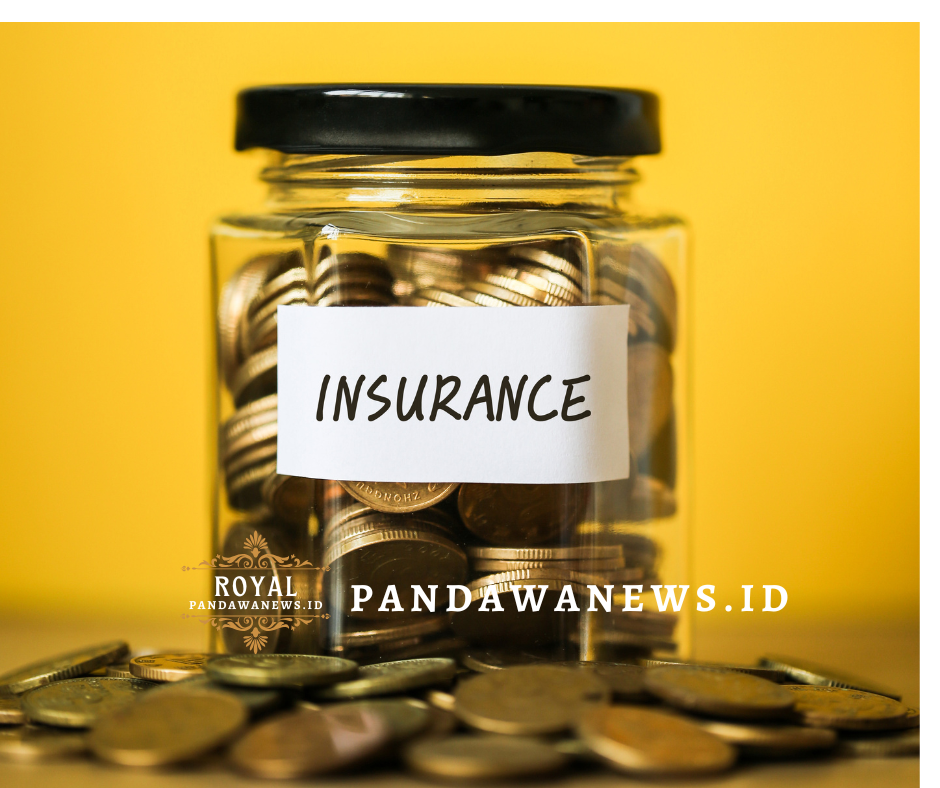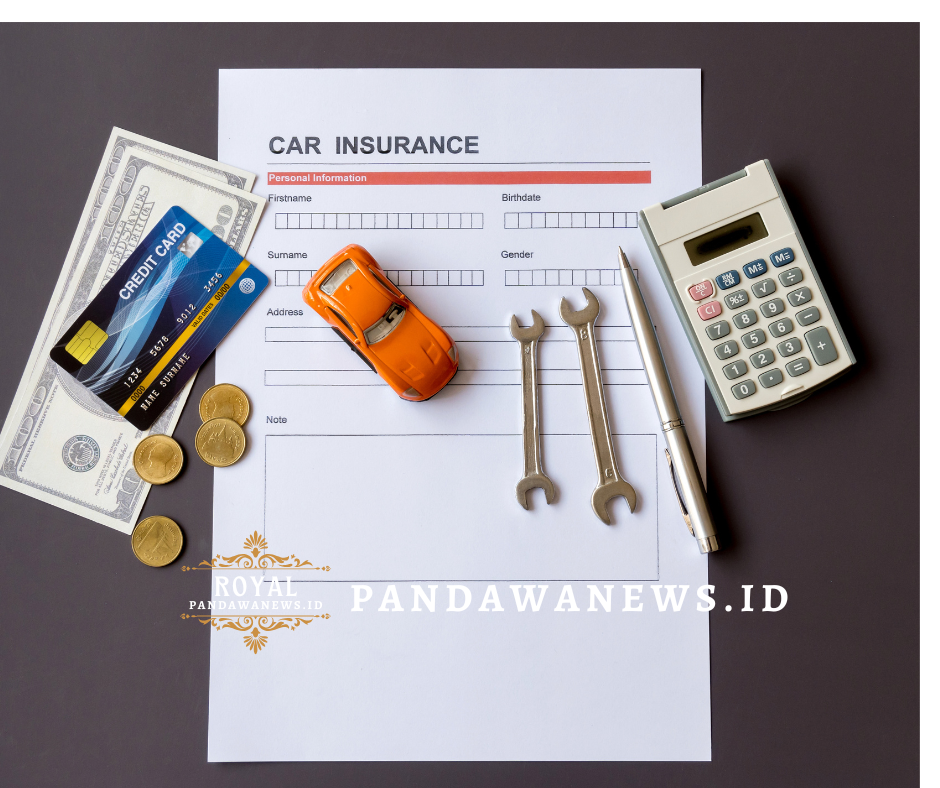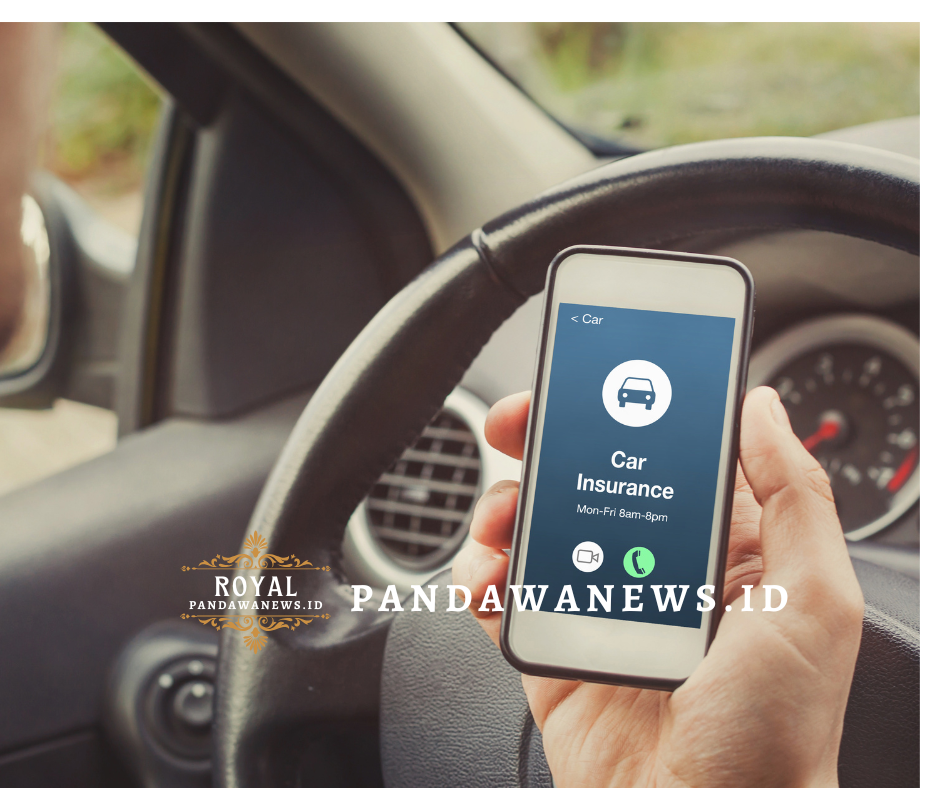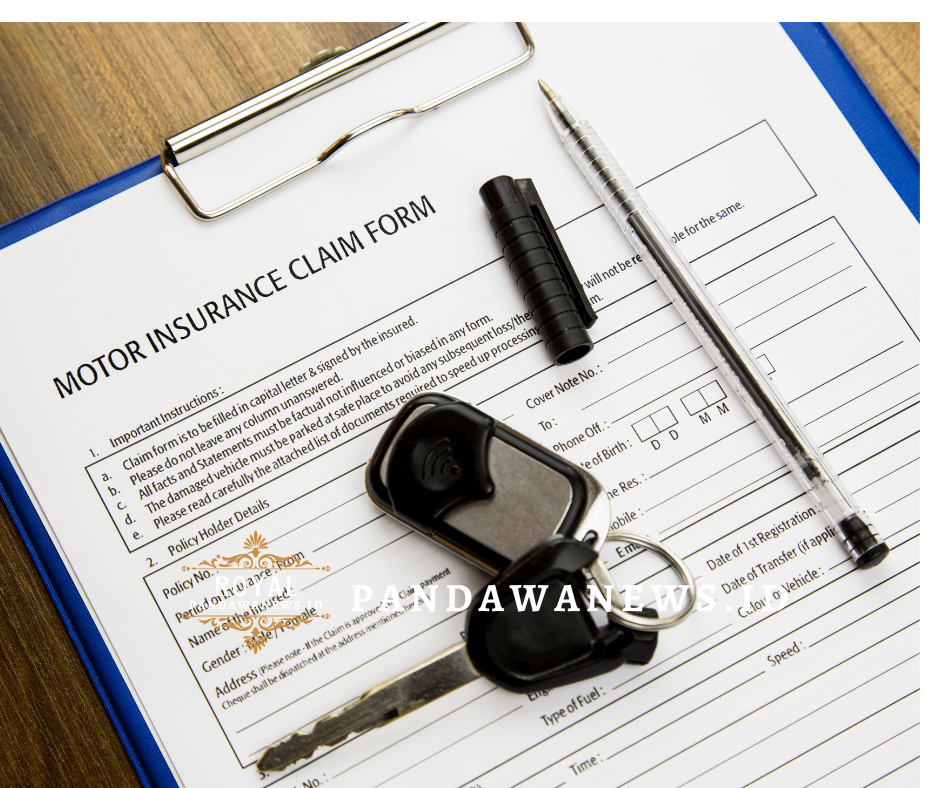Natural disasters like earthquakes, floods, hurricanes, and wildfires are becoming increasingly common and devastating. But when disaster strikes, will your insurance policy actually protect you?
Iklan Google AdSense
The answer isn’t always straightforward. This article explores which natural disasters are typically covered by different insurance policies, what exclusions exist, and how to make sure you’re fully protected.
1. What Are Natural Disasters?
Natural disasters, also known as “Acts of God,” include:
Iklan Google AdSense
-
Earthquakes
-
Floods
-
Hurricanes & Typhoons
-
Tsunamis
-
Volcanic Eruptions
-
Wildfires
-
Tornadoes
-
Landslides
Each of these events can cause significant damage to property, vehicles, and human life.
2. Are Natural Disasters Covered by Standard Insurance?
Homeowners Insurance
Most basic homeowners policies cover some natural disasters like:
-
Windstorms
-
Hail
-
Lightning
-
Fire (including wildfire)
However, they often do NOT cover:
-
Floods
-
Earthquakes
-
Landslides
Auto Insurance
Comprehensive auto insurance usually covers:
-
Flood damage
-
Falling trees
-
Fire
-
Earthquake damage
Liability-only policies do not cover natural disasters.
Life Insurance
Natural disasters are typically covered as a valid cause of death in life insurance policies unless otherwise excluded.
3. Common Exclusions to Watch Out For
Insurers often exclude high-risk events unless you purchase add-ons:
-
Floods require separate flood insurance
-
Earthquakes need earthquake endorsements
-
Storm surges or tsunami damage may fall under flood exclusions
-
Government-declared war zones or civil unrest may void claims
Always check the exclusions section of your policy carefully.
4. How to Ensure You’re Protected
To be fully covered against natural disasters:
✔ Get Specialized Add-On Coverage:
-
Flood Insurance (via government or private plans)
-
Earthquake Insurance (based on region)
-
Disaster Riders for home or business insurance
✔ Check Your Area’s Risk Level:
Use FEMA, geological, or national disaster databases to assess your region’s exposure.
✔ Upgrade Your Policy:
Consider comprehensive coverage instead of basic, especially if you live in high-risk areas like:
-
Coastal regions (hurricanes, tsunamis)
-
Mountainous areas (landslides)
-
River basins (floods)
5. What to Do If a Natural Disaster Strikes
After a disaster:
-
Ensure Safety First
-
Document All Damages with photos and videos
-
File a Claim Promptly with complete records
-
Keep All Repair Receipts
Stay in touch with your insurance agent throughout the process.
6. Tips to Lower Risk and Premiums
-
Install flood barriers, fire-resistant roofing, or storm shutters
-
Use earthquake-safe construction materials
-
Update older homes to meet building codes
-
Ask about discounts for disaster-resistant upgrades
Risk reduction often leads to lower premiums and higher payout likelihood.
Conclusion
Not all insurance policies automatically cover natural disasters. To protect your home, car, or business fully, it’s important to understand your current policy, add necessary disaster riders, and regularly review your risk exposure.
Don’t wait until it’s too late — disaster protection is an investment in peace of mind.
Iklan Bersponsor Google










